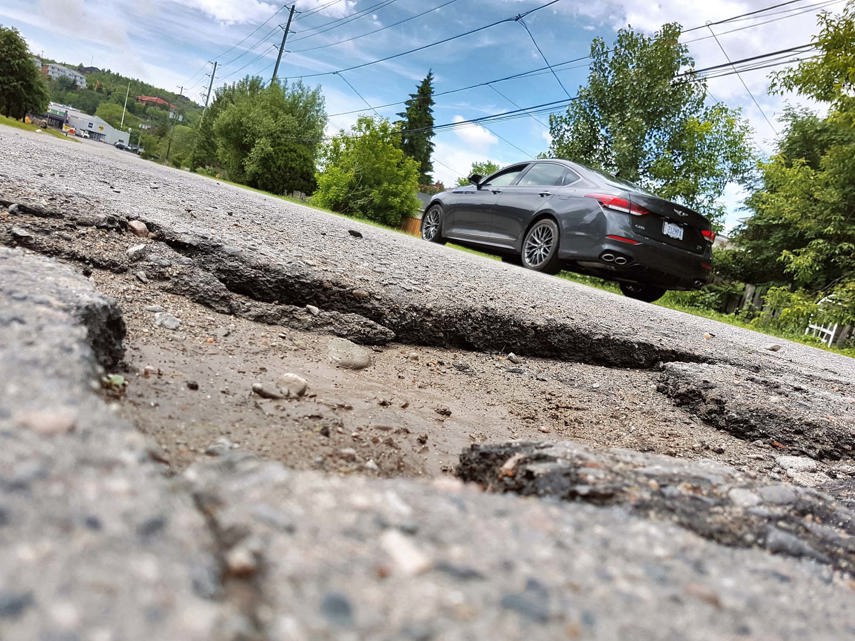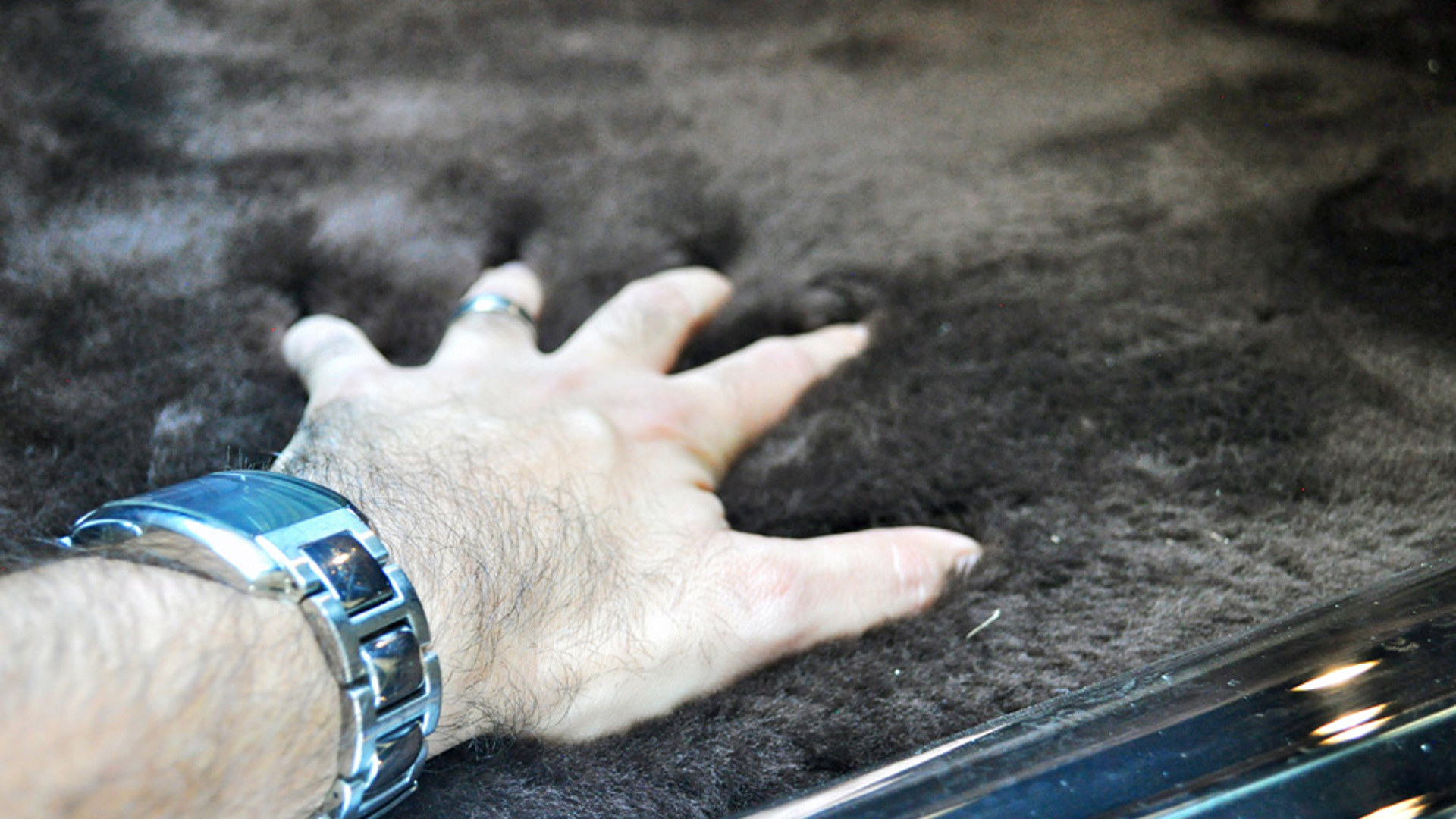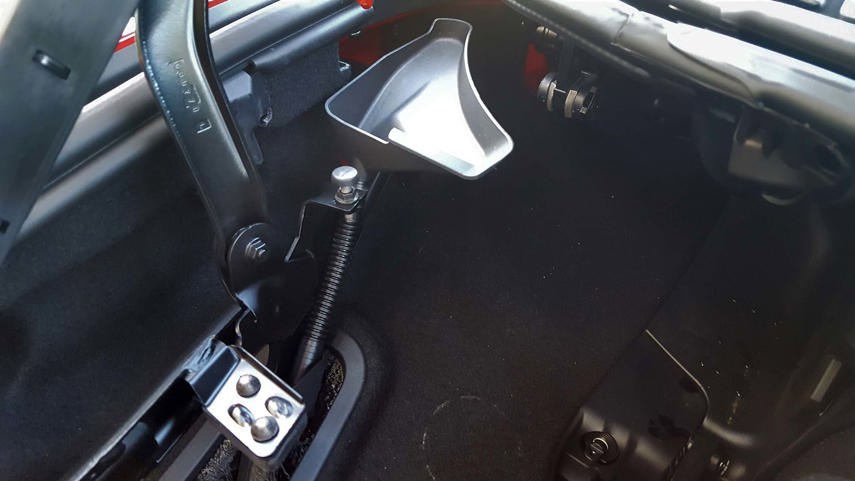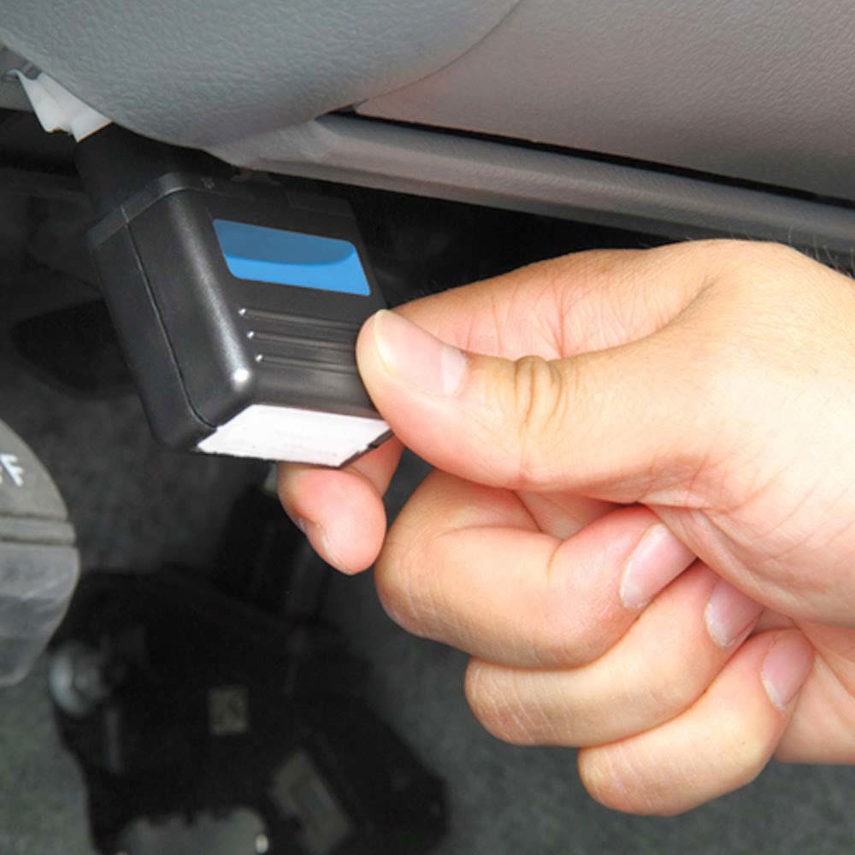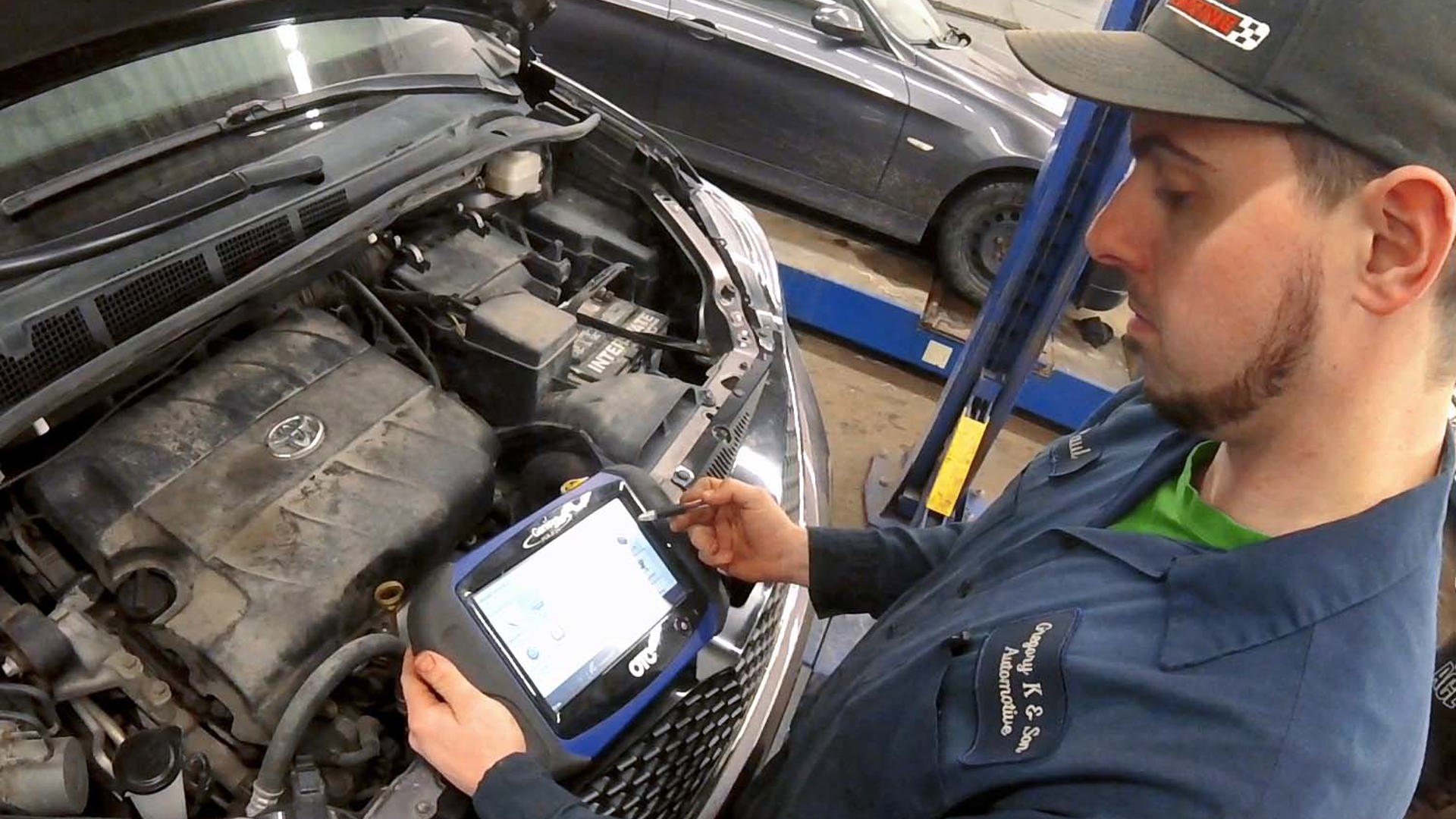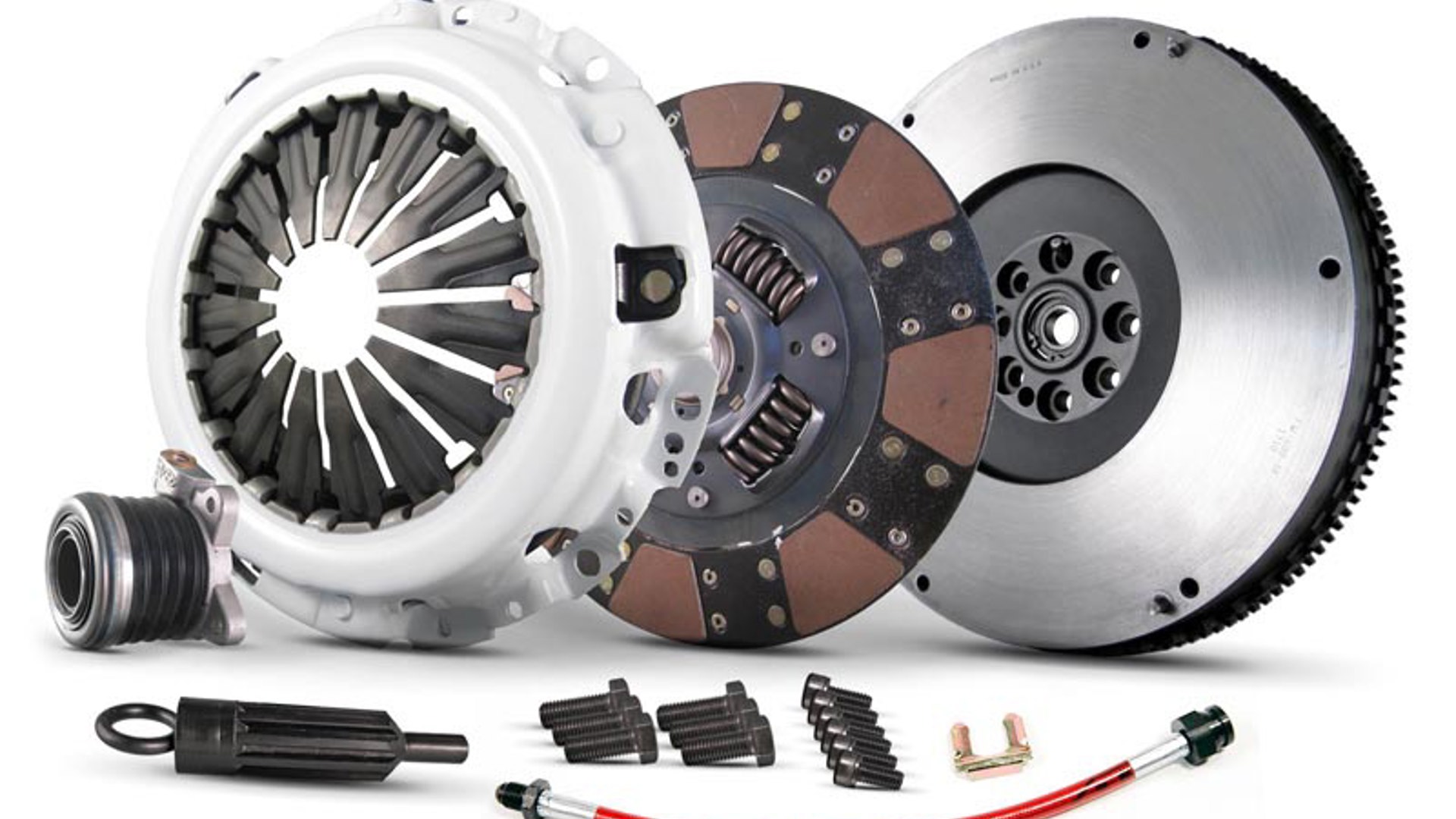Not to unleash a radical new concept or anything, but that used car you’re considering test-driving could be concealing problems that will cost you money – and unless you’re an automotive technician with a hoist, proper equipment, and years of training, you’ve got no good way to know about all of them.
This is why I’m constantly encouraging readers to have a pre-purchase inspection (PPI) performed by a professional before buying any used vehicle. It’s the single best way to make sure you’re not about to buy someone else’s upcoming repair bills. Put another way, a PPI is the best tool in your arsenal to make sure you’re not buying a second-hand lemon.
To this, I’ll add the following list of three tricks that you can use to help coax troublesome clues from any used car, on any test drive. Be sure to try them out, and to strongly consider that PPI, before you cut a cheque on your next new-to-you ride.
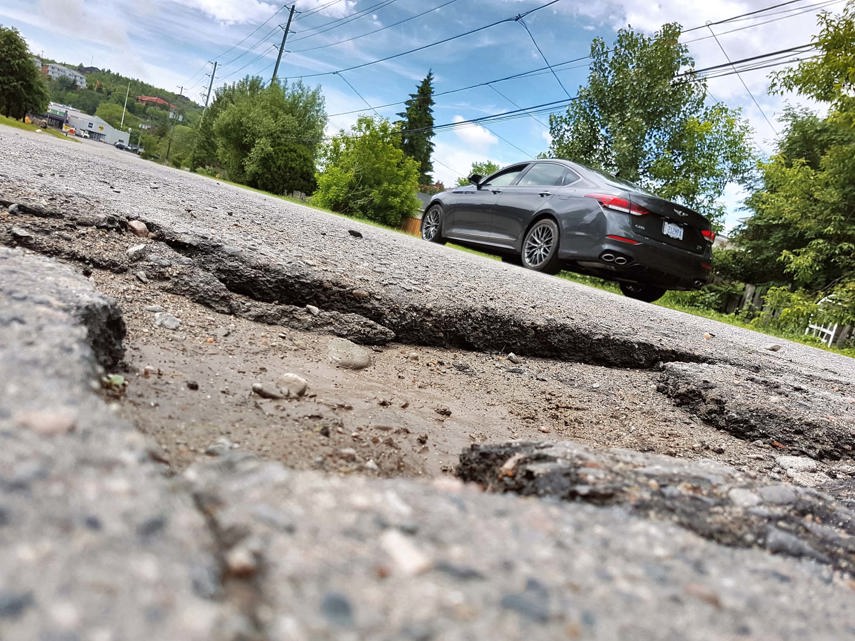
Make Suspension Problems Show Themselves
Before you arrive for your test drive, take a spin through the area (or use your favourite map) to find the roughest road you can.
Washboard surfaces, light potholes, frost-heaves, bumps, dips, and other pavement imperfections are ideal. (You’re not trying to kill the car, but you do want to give its suspension a bit of a workout.)
A road like this is a powerful and free diagnostic tool, which you can use to your advantage.
That’s because rough roads tend to coax telltale sounds and sensations from worn-out suspension parts like bushings, struts, and ball joints. A car with healthy suspension will tend to handle rough roads with minimal unwanted noise and harshness. Conversely, a suspension that’s in need of some attention will tend to reveal itself, provided you’re using your ears.
Metal-on-metal banging, popping, crashing, smashing noises, or anything that sounds like a sword battle in Game of Thrones are all good reasons to have a professional inspect the suspension before you buy – or to expect a repair bill, soon.
This is often especially true if you can also “feel” the unwanted noises simultaneously through the floor of the vehicle, or your seat.
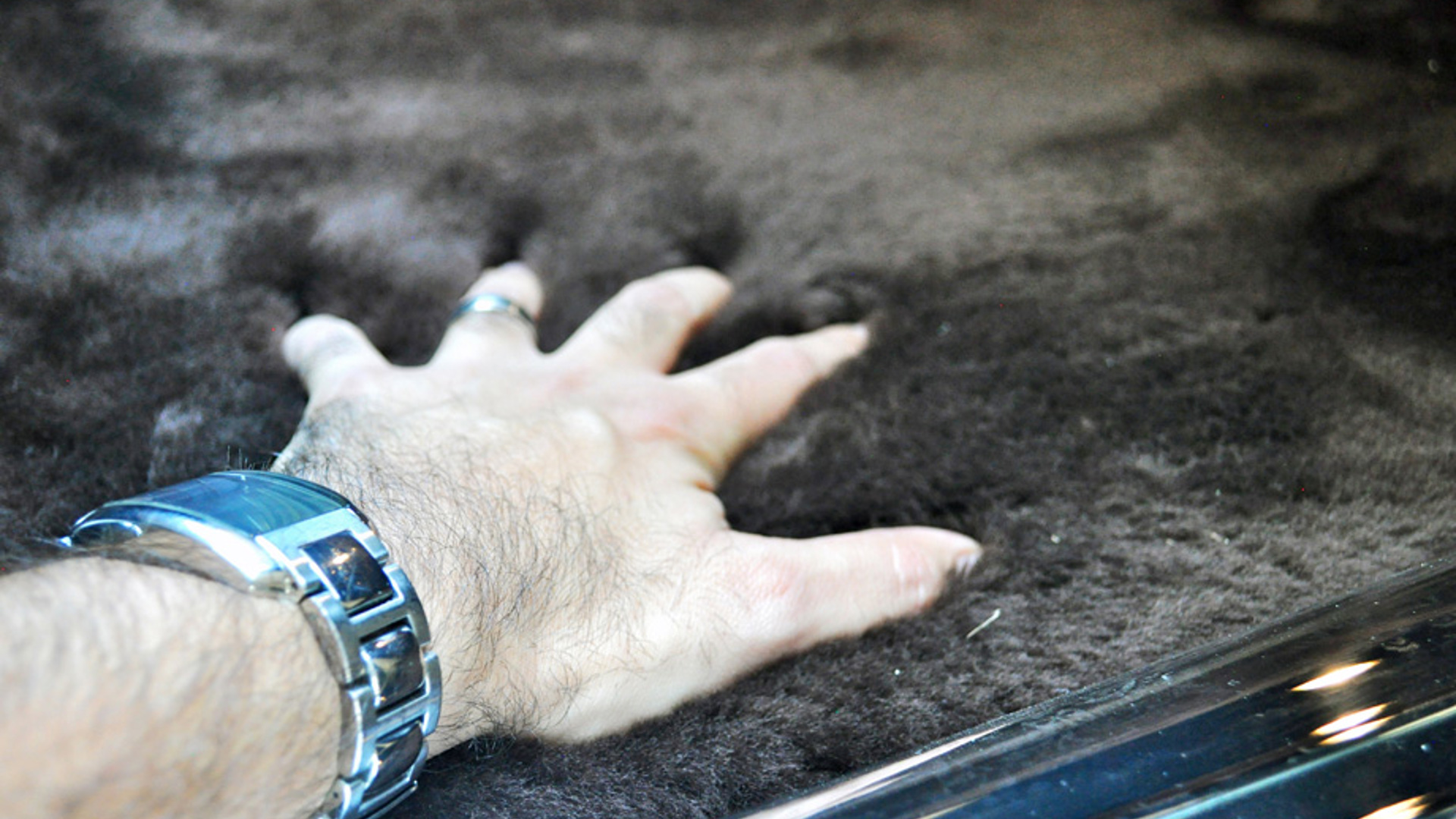
Check for Sneaky Leaks
There are many ways that water can leak into a vehicle cabin, and it’s more common than you might think. Thankfully, the evidence is almost universal: wet carpeting, most likely under the dashboard, as well as standing water in the very bottom of the trunk.
So, yank out the floor mats and use your hand, or a rag, to make sure everything is dry. Focus your efforts on the carpeting beneath the dashboard, the carpeting beneath the seats, and the carpeting in the rear seats, too.
Basically, you’re going to be checking all of the carpeting. And when you’re done, get into the trunk, pull everything out until you see sheetmetal, and make sure that’s dry, too.
Remember that visible water staining, or a musty, mouldy smell (like old wet towels) may be apparent, even if water from a leak has already evaporated.
Causes are numerous, often, it relates to sunroof drainage, door panel drainage, windshield weather seals, deformed inner door-handle gaskets, and even the rubber seals used around things like taillamp housings or roof-racks. So, look for those leaks and remember that since they’re often annoying, tricky, and expensive to fix, it pays to know about them before you buy.
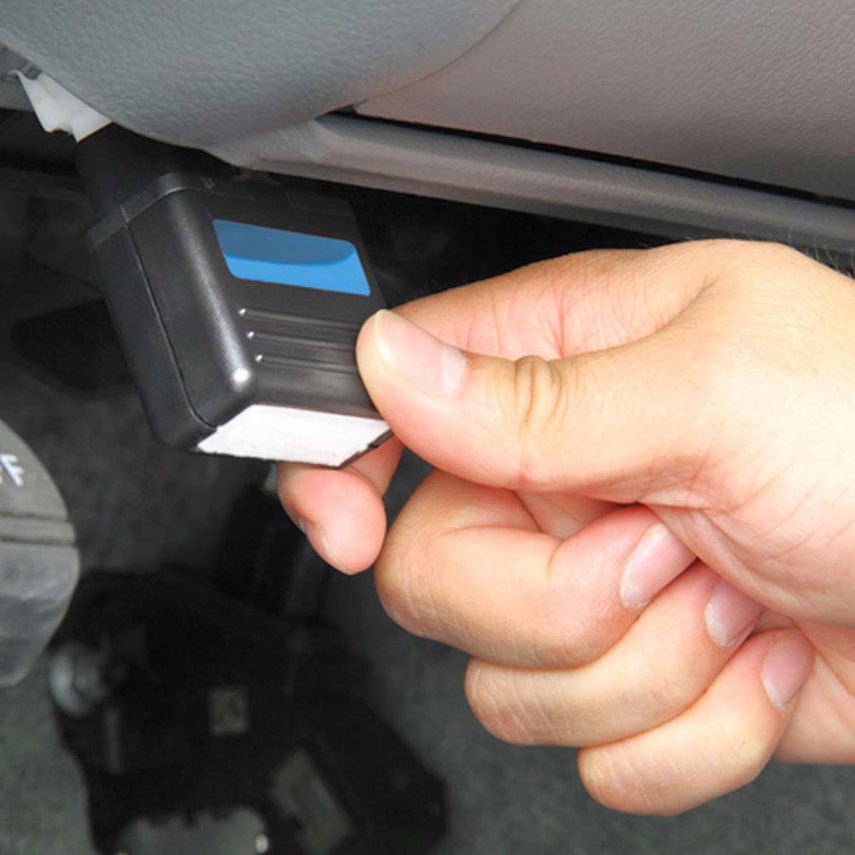
The Holy Grail: A Diagnostic Scan
Under the dashboard of virtually every car on the road is a small electronic receptacle, into which a diagnostic scanner can be inserted.
This scanner links up with the car’s computer brain. Inside of that brain is a secret waiting to be revealed: a list of recent, past, or even ongoing issues detected and stored by the vehicle’s central nervous system.
That nervous system monitors hundreds of signals from many parts of the vehicle at all times – including signals from an array of sensors in its engine. If something doesn’t seem right, it gets recorded. If something is really wrong, you’ll probably see a Check Engine Light (CEL).
There’s information in that computer brain that might help you – and all you need to see it, is that diagnostic scan. Buying your own scanner is cheap, and they’re typically easy to use.
If you’d rather, a dealership or your favourite technician can do the scan for you, which might cost a few bucks – but will definitely be cheaper than buying a car that’s about to need four new sensors, or some coil packs, or an intake valve cleaning.
And remember this: not all of the trouble codes stored in the computer will necessarily cause a CEL to appear. Translation? Have the scan performed, CEL or not.

Bonus: Use a Hill to Check the Clutch
If the used car you want has a manual transmission, continue reading this last bit.
Clutches are like pencil erasers: they wear out a little, every time you use them, until they need to be replaced. That’s expensive, but there is a simple trick that can make a badly worn clutch reveal itself. It’s easy, and all you have to do is find a steep-ish hill, ideally on the highway.
When you do, pick a gear that will allow you to run the engine at lower revs, something like, 2,000 rpm or so (this is not an exact science).
From that point, apply full throttle as you climb up the hill, and keep your foot to the floor for as long as you can. Unless you’re driving a Hellcat, acceleration will likely be slow, but keep that pedal to the floor.
This situation puts a lot of load onto the clutch, which will tend to make the clutch slip, if it’s badly worn. If the revs start to climb freely, and faster than the vehicle is accelerating, that clutch is likely very near the end of its life.

